Our preview specialist, Aaron Wong, explains how modern advertising has changed our perceptions – for richer or poorer – and offers a definition of what a complete men’s singles player is made of.
By Aaron Wong, Badzine Correspondent. Photos: Badmintonphoto
In 2015, badminton’s World Championships are more popular than ever as well as rising to importance once again. This is a recent change of heart. The tournament developed an identity crisis upon changing from biennial to an annual affair.
The growth in popularity is attributable to the Internet era encompassing social media and cellphones becoming substitutes for television screens, whereas importance derives from the players’ collective sentiments. The World Championships is no longer seen as just another tournament.
Marketing widespread appeal & wrong sense of proportion
Actually, the World Championships is just another tournament on the calendar but doesn’t feel that way because new generation marketing has boosted this once minor sport’s branding beyond a niche enthusiast audience to global and mass appeal. Talking up the World Championships for the audience has led to increasing the meritocracy attached to the prize and this is a double-edged sword. The upside has been greater sponsorship for players with a major downside being players taking its reputation too seriously.
Take for instance Lee Chong Wei, who came to the fore during the World Championships’ perennial era. You commonly hear seemingly inconsequential statements about him such as “The guy hasn’t won the World Championships or Olympics, I feel sorry for him” or “He can’t seem to win the big ones”. It is an unhelpful throwaway thought alluding to prestige and failure.
So far, Lee Chong Wei stands alone by a long margin, having won 39 Superseries branded singles titles and spent 298 weeks as world #1. However, what’s commonly heard in conjunction with his name are the five finals (2 Olympic, 3 World Championship finals) he didn’t convert. The irony is that neither the Olympics nor Worlds offer the highest concentration of difficulty, owing to accommodating global inclusiveness within the draws.
How is not the other way around, with Lee in everyone’s mind as one of the greatest badminton players that ever lived and the usual chatter relegated to footnote status? This state of mind is a by-product of the advertising. Advertising plays and preys on a quick hook and single angle. Don’t mistake it for the whole picture. Overall, the status of the World Championships and by extension the global image of the sport of badminton continues to be a work in progress in terms of balancing all aspects from marketing to healthy player esteem and educated spectators.
Multi-thought like you multi-task: How to better appreciate international competition?
Here is another mass comment which, left unchecked, morphs into sweeping uninformed judgement: “Lin Dan lost in the first round of the Australian Superseries. He’s going downhill.”
The truth is far more human and relate-able because it is something that happens to players of all levels every day. In that match, Lin displayed his super human level for 90% of the match and suffered a small lapse in concentration after the third game interval followed by a patch of tense nerves while playing catch-up. What’s not to empathise with?
Humans are amazing: we can multi-task more than ever where we probably could do better by single-tasking but when it comes to entertaining ideas, our mind instead conveniently endorses only a single ball of thought in the air when managing a duality is beneficial and closer to reality. Notice how while driving a person can be listening to music, singing along, reading the road signs in preparation to change lanes and shifting gears all at once – ears, mouth, eyes, hand and foot processing stimuli and making decisions.
Returning to the sweeping comment, notice how it omits celebrating the victor (Viktor Axelsen) and disproportionately deprecates Lin’s performance. Why does it have to this or that? Either Lin won and is therefore still great or he lost and it’s the start of a downhill slide. Humans can and should multi-thought in as much as we can multi-task already.
Lee and Lin: the complete players
Now that you’re primed on how to be open minded, let’s focus on Lee Chong Wei and Lin Dan in the draw and confirm for point-in-time’s sake unequivocally that going into this tournament these two men remain absolutely formidable and relevant on the scene and provide two of the three biggest threats apart from world #1 Chen Long. They are not the only threats, though, as any Superseries winner or multiple Superseries finalist is a contender for the title.
In being allowed to return after months laid off due to drug investigations, Lee resumes at his usual standard while Lin is settling into his newer style of play post-London 2012 and the 2013 Guangzhou World Championships. Lee and Lin’s legacy aside, purely based on what they bring to court, this is where things are at.
To their advantage, Lee and Lin can both be classed as complete players. Complete not in the sense of the range of strokes, which all the top 20 possess, but in the extras department. They possess extra stability so they needn’t rely on good days as much, greater instinctive awareness of the court, and where it counts is in having more range of styles in their playbook than the rest of the pack, including Chen Long. Of the latter quality, both crucially have the ability to judge astutely and adapt quicker within a match than the younger ones who would be making it up as they go along. Even within the adaptability stakes, Lin has been a bit better than Lee, which partly explains why it has gone the Chinese player’s way in their head-to-head encounters.
Nowadays in men’s singles, 18 of the top 20 at any given period genuinely threaten each other. It is the extras department which enables (not guarantees) one player to possibly overcome the other at critical stages of a match. Presently, it is very much a game of surviving critical moments and consistently converting 19-19 situations.
Lee and Lin are in the same bottom half of the draw. The Malaysian has the clearer route to a semi-final in as far as unpredictability only happening at that quarter-final stage were he to meet 3rd-seeded Srikanth Kidambi of India. Lin Dan has two dangerous hurdles to clear in order to rendezvous with Lee: first a Round 3 clash with heavy striking 2014 Superseries Finals runner-up Hans-Kristian Vittinghus of Denmark, followed by the winner between Son Wan Ho and world #2 Jan Jorgensen, both of whom represent the cream of the top 10.
The long and short of things
The defending champion Chen Long isn’t yet a complete player based on the criteria above but he is getting there. Although electing to grow as a patient player, he does struggle with creating inroads against those naturally more patient than himself, for example Hong Kong’s Hu Yun, Korea’s Son Wan Ho and India’s RMV Gurusaidutt. But, the world #1 always has height and reach, plus the power advantage on his side.
Chen’s is a good draw in terms of not having to meet the type of player he finds troublesome potentially until the semis or final. A tricky semi could be Parupalli Kashyap – both of Parupalli’s wins over Chen have been in Jakarta – but likely trickier is Japan’s Kento Momota, who is a left-hander also possessed of a patient dimension except it is more blended than before. A frustrating final would be Korea’s Son Wan Ho on a good day because Chen could end up feeling neutralised whichever stroke he chooses.
Depending on who wins this year’s World’s title the scene may change or stay the same. The artificial hyper-advertising and all the perceptions that ramify of this one tournament definitely give a huge confidence boost to the winner especially if they weren’t expecting it, as we’ve observed with Carolina Marin in women’s singles and even Kento Momota winning two Superseries in quick succession.
Potential matches of note
Round 2 – Son Wan Ho (KOR) [9] vs. Kevin Cordon (GUA)
Round 3 – Kento Momota (JPN) [4] vs. Kashyap Parupalli (IND) [10]
Round 3 – Lin Dan (CHN) [5] vs. Hans-Kristian Vittinghus (DEN) [14]
![WORLDS 2015 Men’s Singles Preview – A point in time beforehand Our preview specialist, Aaron Wong, explains how modern advertising has changed our perceptions – for richer or poorer – and offers a definition of what a complete men’s singles player […]](http://www.badzine.net/wp-content/uploads/Newsflash-thumbnail.png)
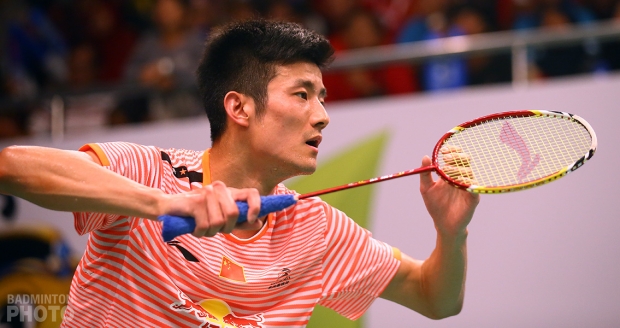
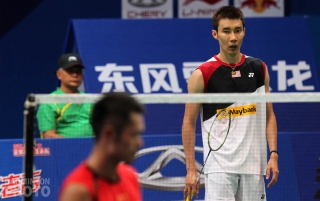
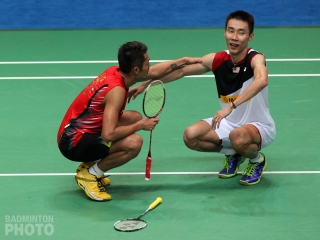
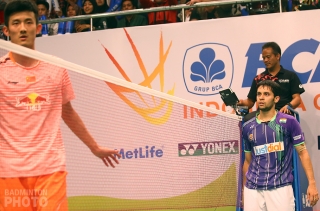
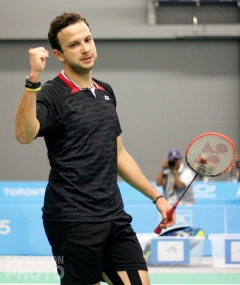
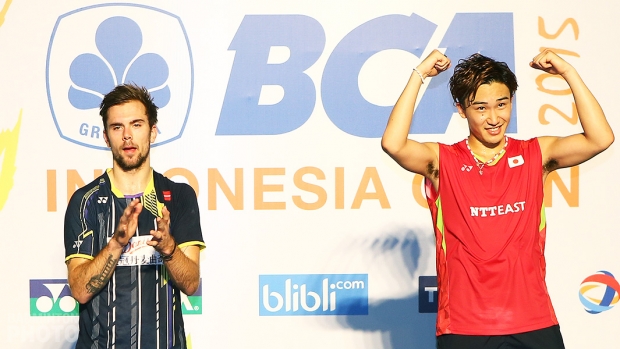


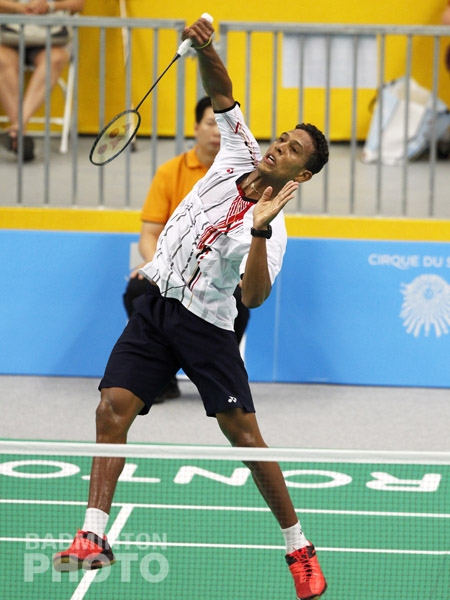
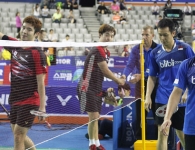
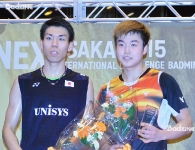
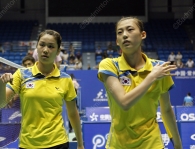
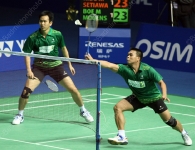
Leave a Reply